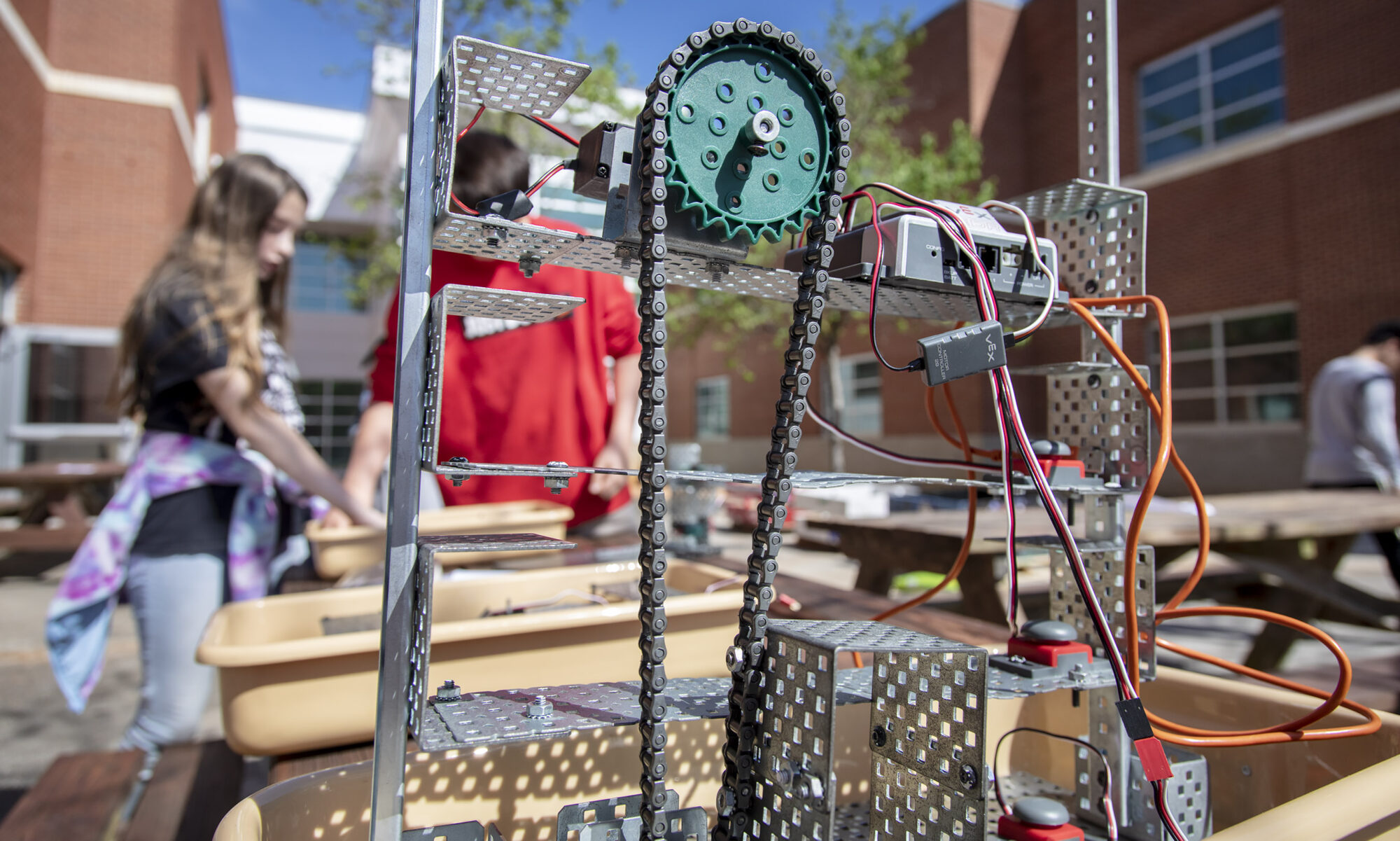
Abstract
Many youth have potential to be successful engineers, but there is an assessment gap. First, industry and university feedback reveal that K12 assessments do not measure all the things engineers do beyond math and science ability. Second, although the public, educators, and researchers perceive there is an achievement gap, current STEM assessments often have racial biases, creating a gatekeeping effect. These two realities combined keep many minoritized youth from becoming engineers. This CAREER project addresses the assessment gap by partnering with teenagers to create innovative, equitable assessments and technology that supports peer assessment. The study will provide information about how middle and high school students understand and identify engineering, show educators and researchers gaps between their interpretations and student interpretations of engineering, and help educators and researchers understand how to create a healthy culture of peer assessment. Overall, this CAREER project will provide tools for assessment in K12 engineering education that have the potential to create opportunities rather than restrict opportunities for minoritized youth to have future careers in engineering.
This five-year CAREER project will use a mixed methods, iterative distributed participatory design approach to investigate the following research questions: How do K12 learners co-create an equitable engineering epistemic frame that aligns with engineering professional activities? How does using peer assessment software affect learners? engineering education experiences in informal robotics clubs in Black churches? The project intentionally engages the most marginalized students first in assessment development, responding to traditional bias in STEM assessment and learning from students how they assess. This project also increases minoritized groups? participation in STEM and public engagement with science and technology through hosting FIRST robotics clubs in Black churches. The project employs and integrates innovative approaches to achieve its outcomes. Using epistemic frames as a foundation and the noticing framework (with students as lead) over three phases (Phase I-III), teenagers and minoritized communities act as user, tester, informant, and design partner to co-create: 1) an engineering epistemic frame and 2) a web-based, mobile-enabled peer assessment software. These outcomes will be achieved through Design Workshops, prototyping, and user studies during Phases I and II (Year 1 & 2, n=15). After the epistemic frame and software are developed, two robotics teams will pilot both to peer assess each other during two robotics seasons, offering feedback for refinement during Phase III (Year 3 & 4, n=30). Data analysis informs each iteration of epistemic frame and software during Phases I-III. Content analysis will be applied to data sources which include in situ videos, digital artifacts, interviews, and focus groups. In Phase IV (Year 5), researchers will analyze the peer assessment data using Epistemic Network Analysis. The integrated education plan involves training of rookie robotics coaches, developing STEM students into engineering education researchers, generating artifacts for professional development of teachers. Results will be disseminated through a Lessons Learned series which includes deployment of software, workshops for educators and researchers, a video archive for professional development, and a playbook for partnering with nontraditional sites.
This award reflects NSF’s statutory mission and has been deemed worthy of support through evaluation using the Foundation’s intellectual merit and broader impacts review criteria.
